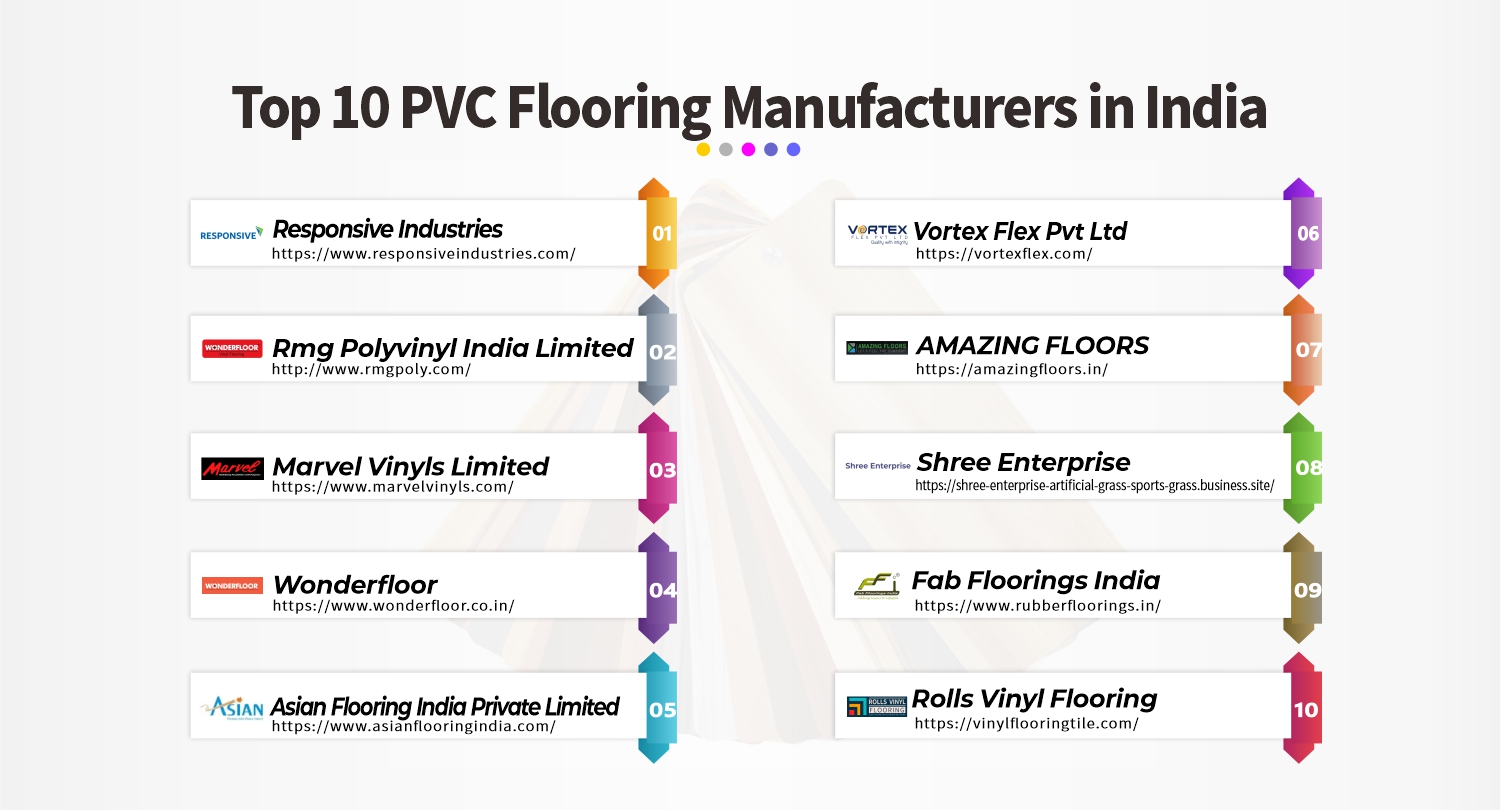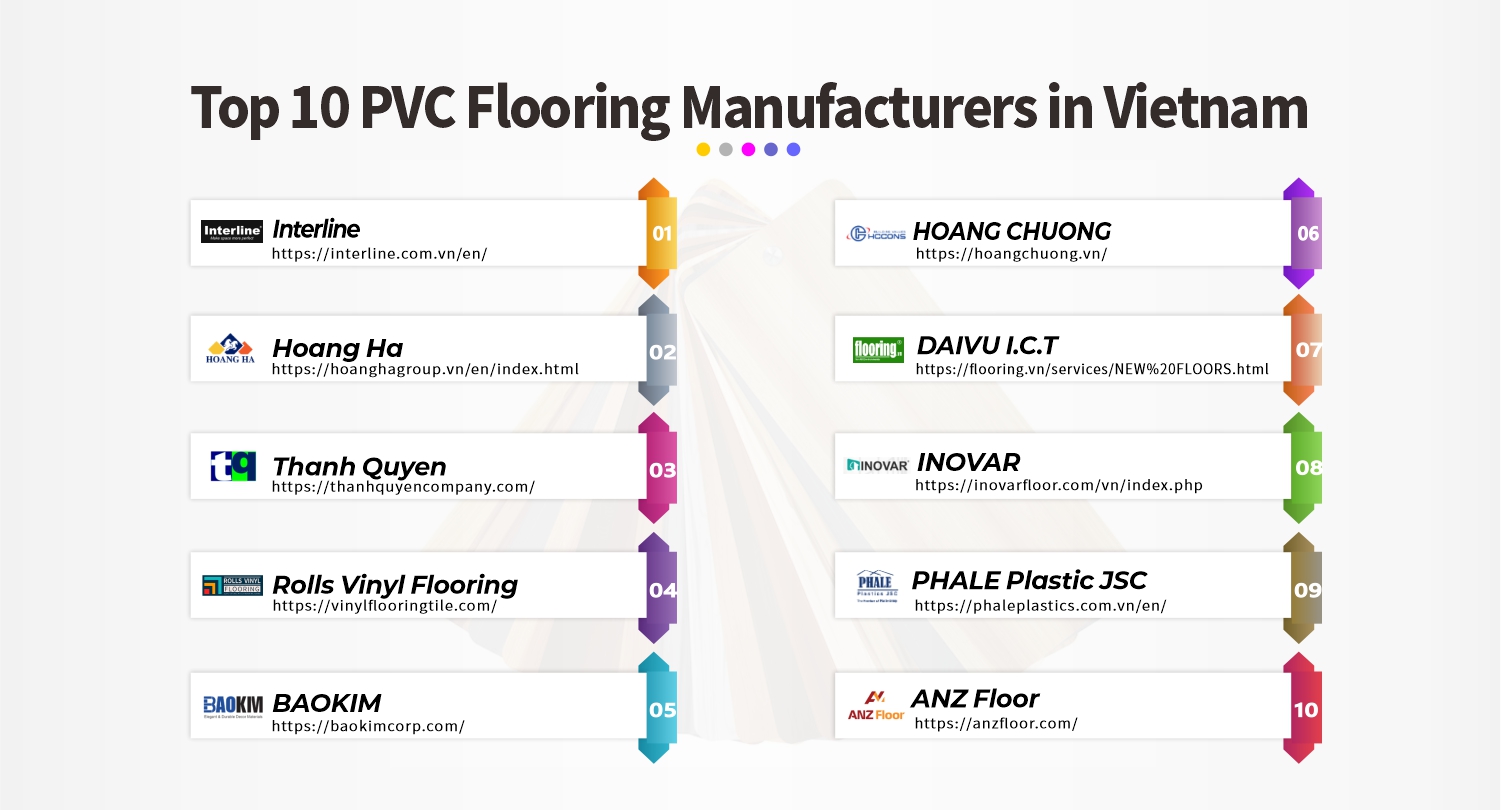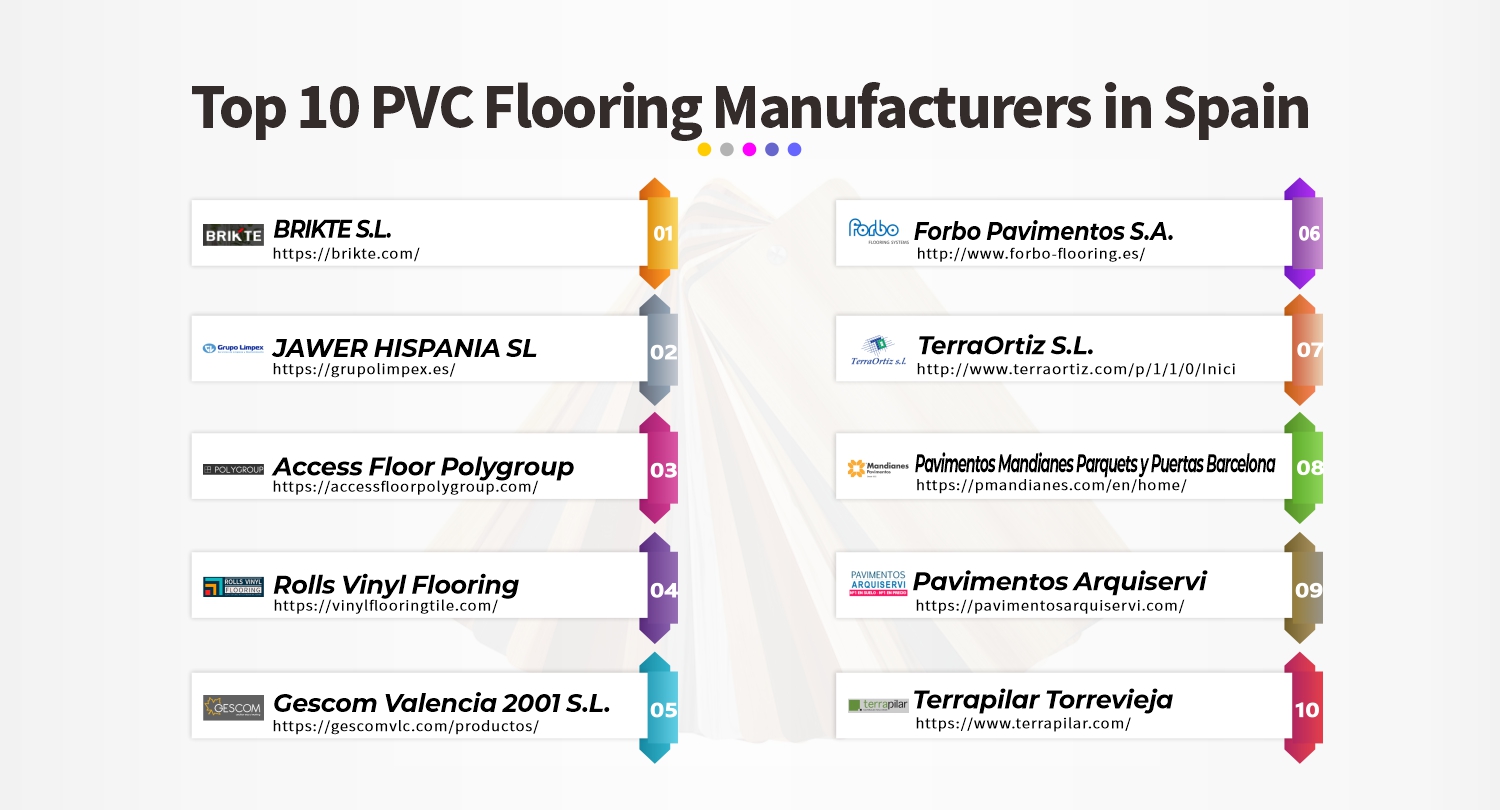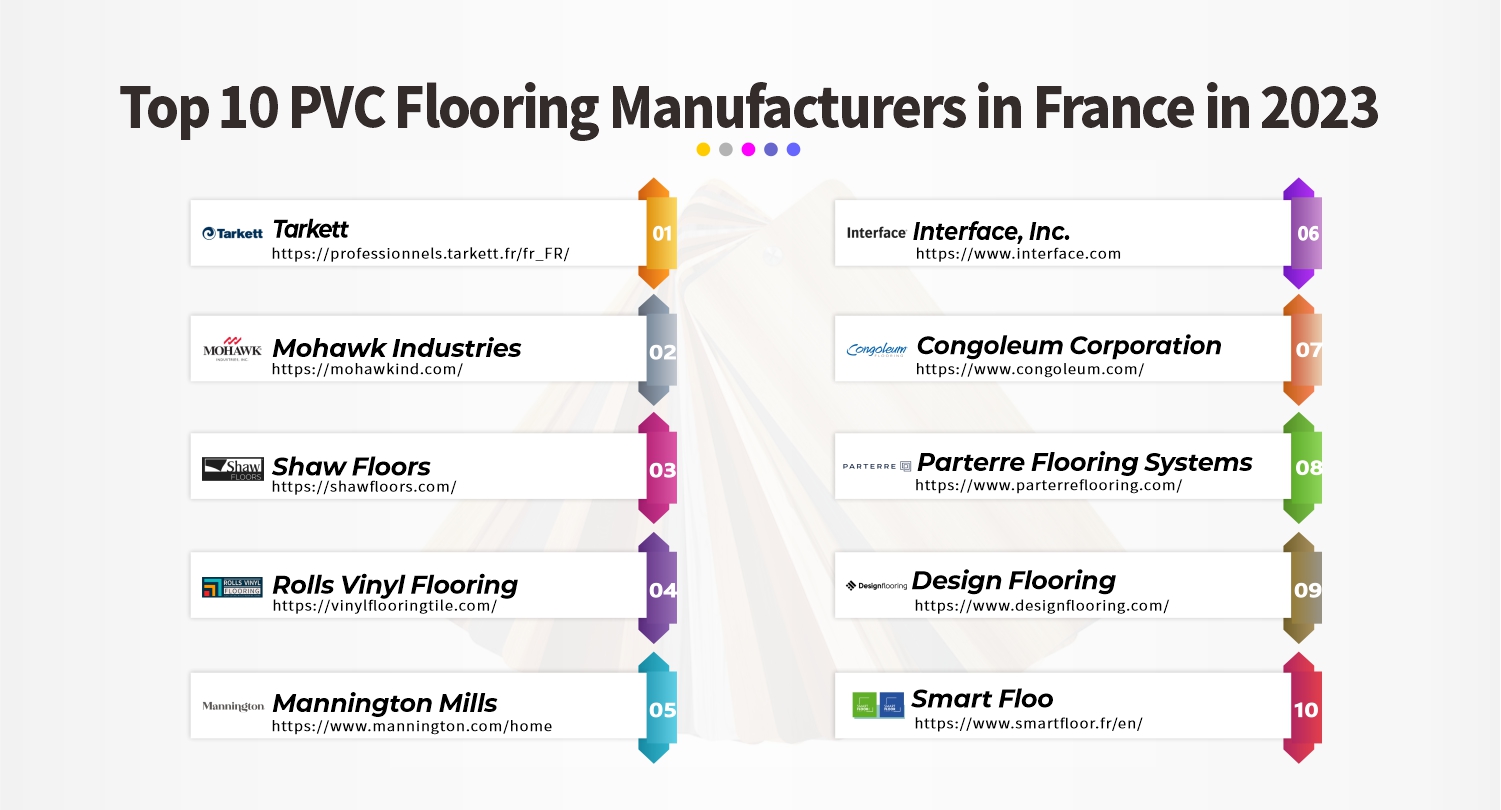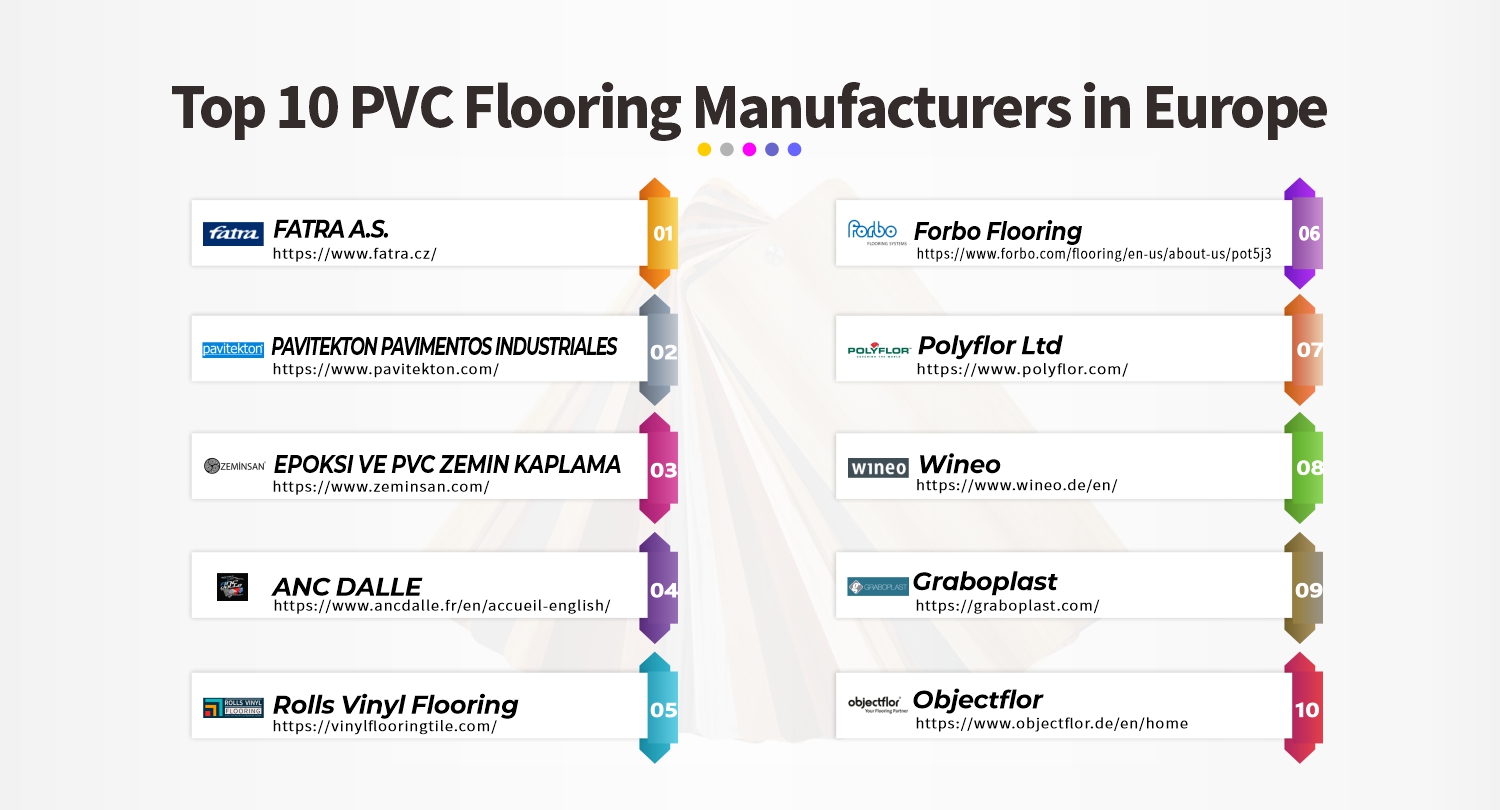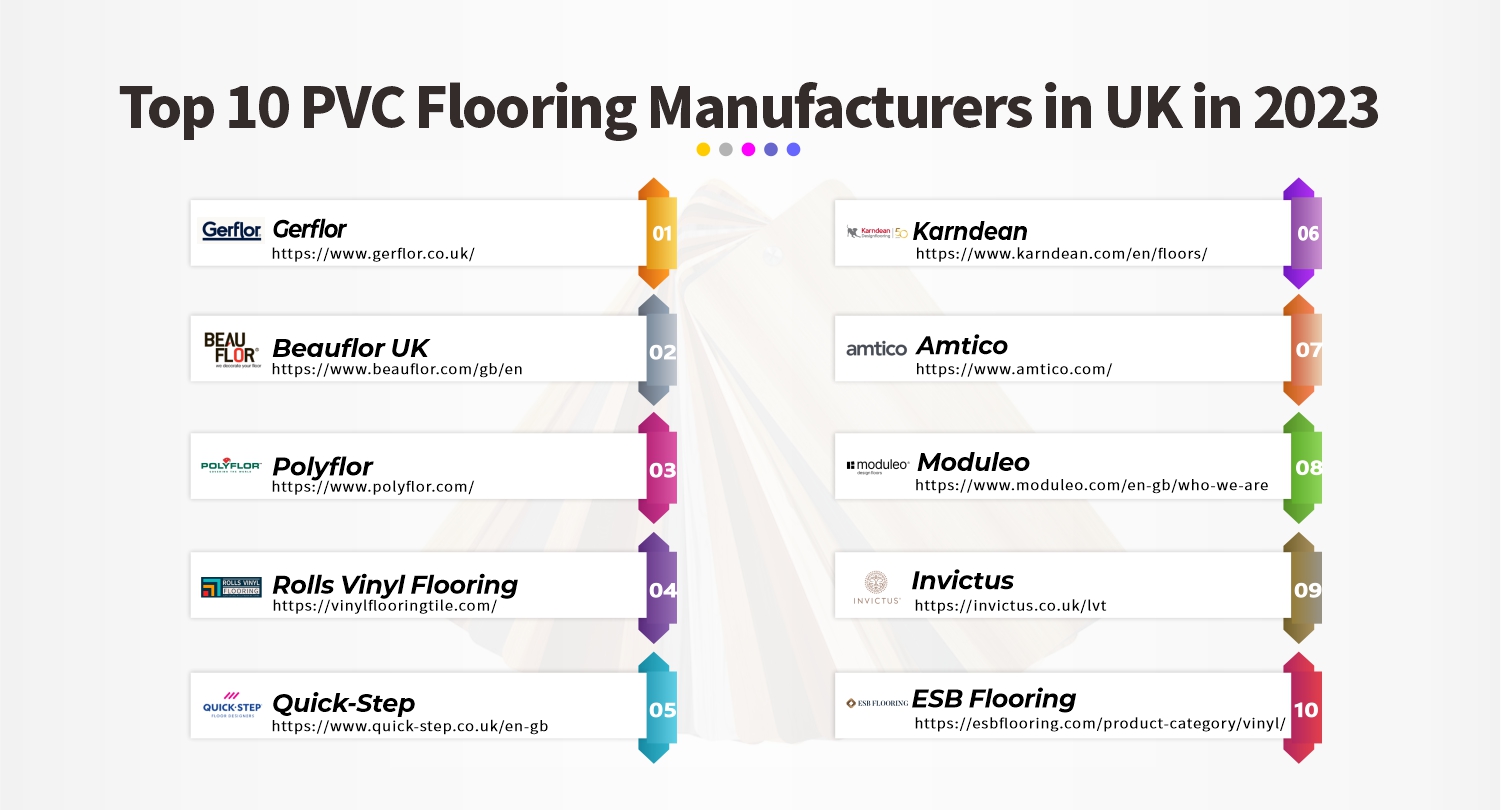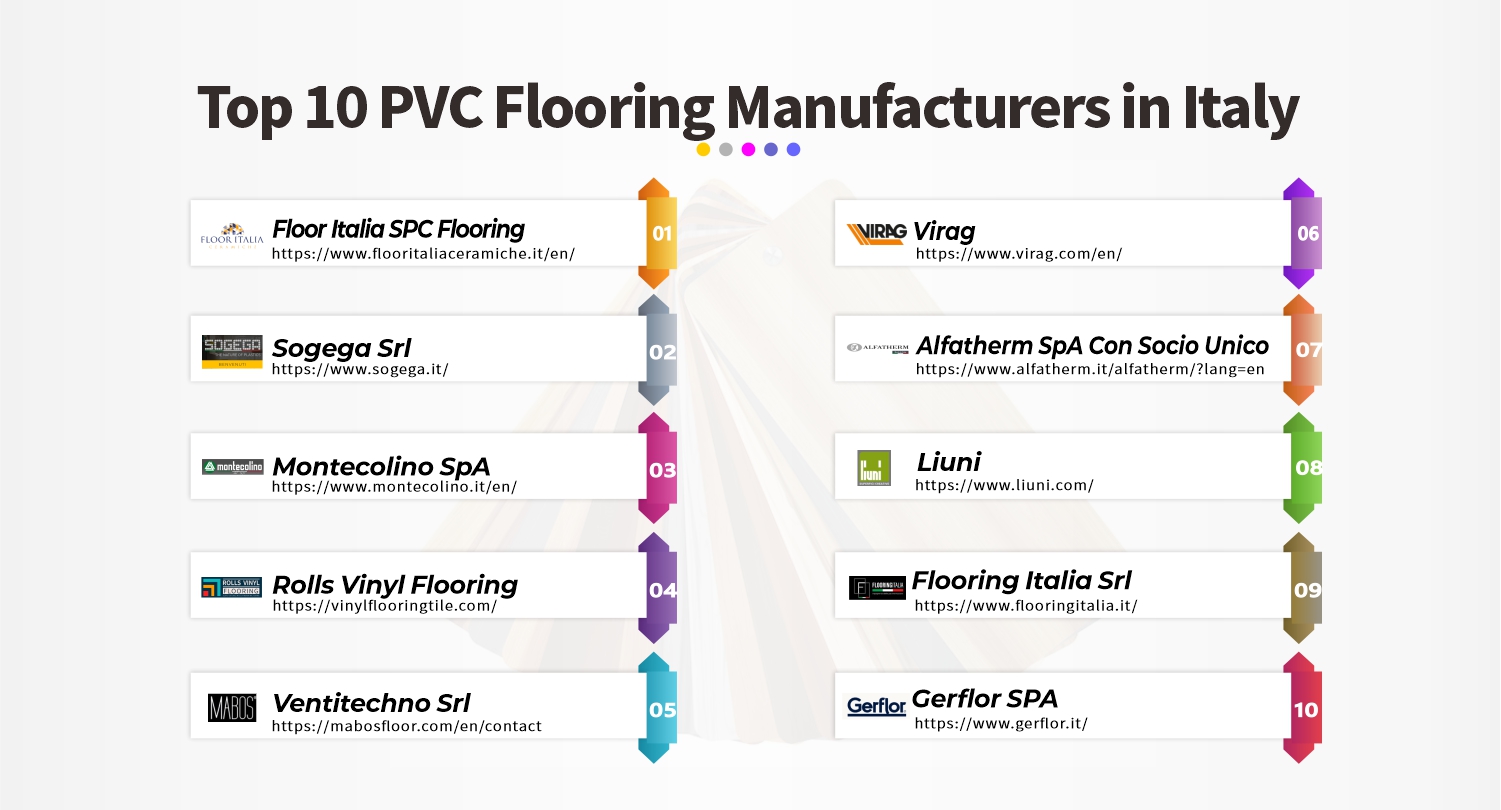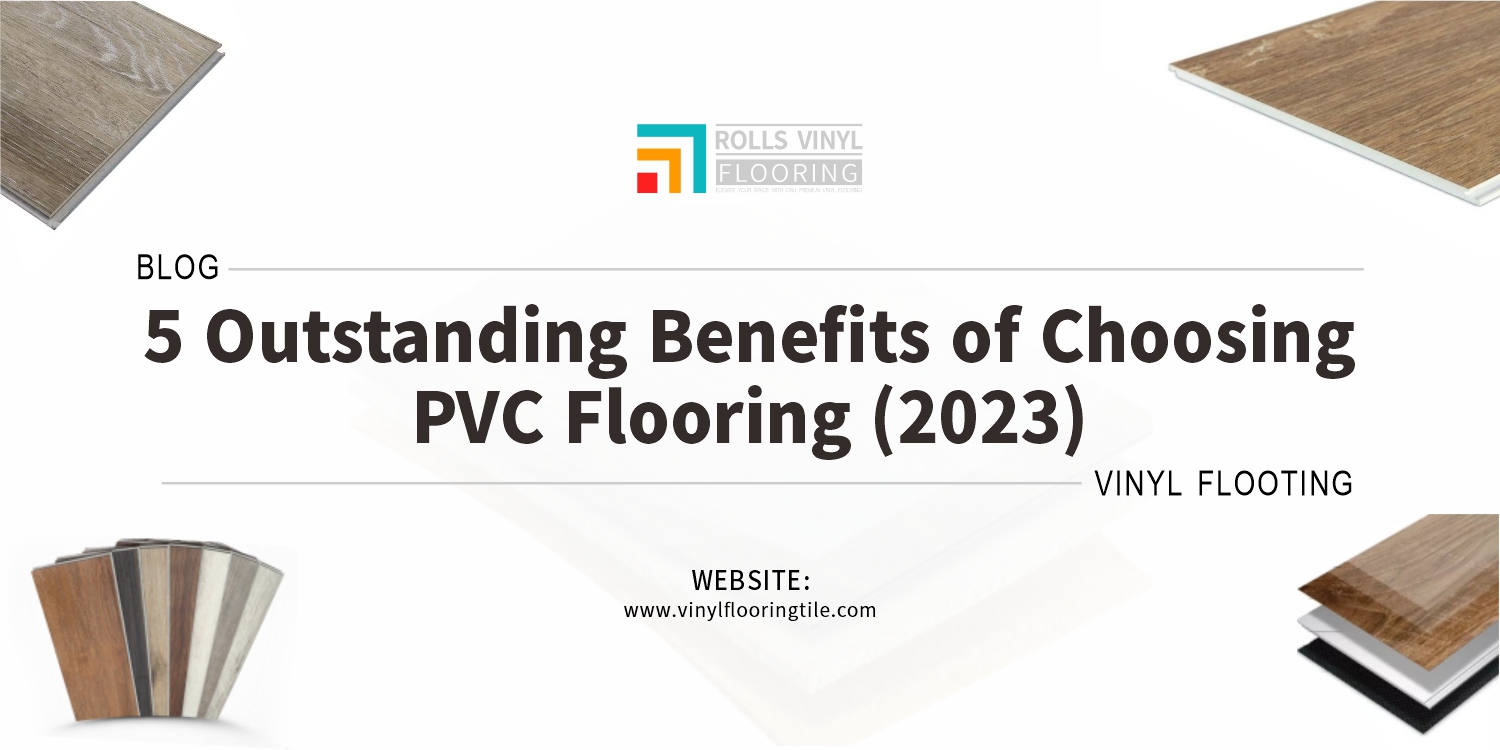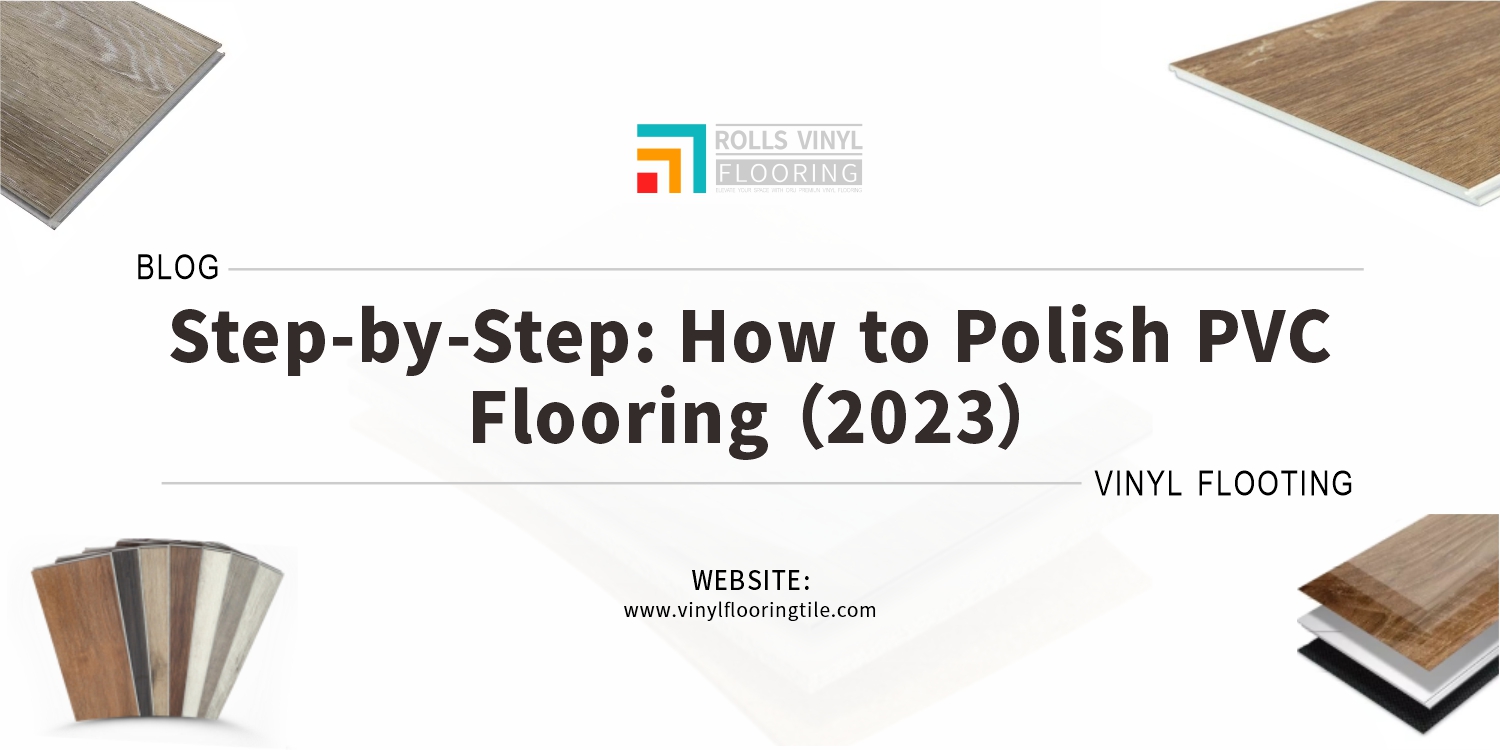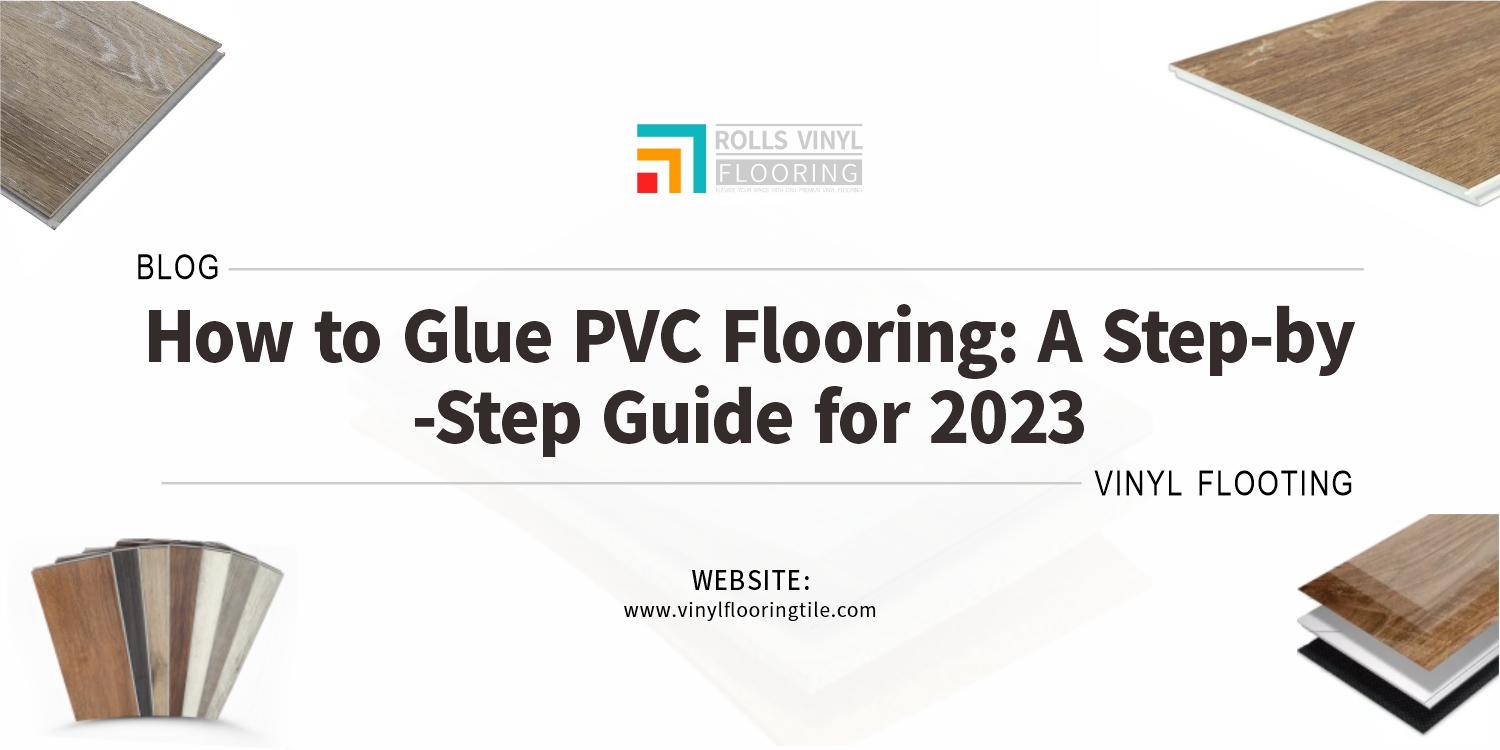Step into a world where healing meets innovation. Discover the transformative power of vinyl flooring in healthcare facilities, where comfort, safety, and hygiene intertwine. Explore how this versatile flooring solution enhances patient well-being, supports seamless operations, and creates a space that promotes healing and rejuvenation.
Vinyl flooring supports healthcare facilities in creating a healing environment by:
- Its durability and resilience for heavy foot traffic and equipment
- Slip resistance and fall prevention measures
- Ease of maintenance and cleaning
- Sound absorption properties for noise reduction
From its durable nature to its antimicrobial properties, join us on a journey to uncover the myriad benefits that make vinyl flooring an indispensable element in building a healthcare environment that nurtures both body and soul.
Definition and significance of vinyl flooring in healthcare settings
Vinyl flooring in healthcare settings refers to a durable and hygienic flooring option specifically designed to meet the unique needs of medical facilities. It plays a significant role in promoting cleanliness, safety, and patient well-being, making it an essential component in creating a healing environment.

Importance of flooring in creating a safe and hygienic environment
Flooring provides a stable foundation, prevents slips and falls, and offers easy-to-clean surfaces, ensuring the overall cleanliness and well-being of the space.
Overview of the key factors considered in healthcare facility flooring selection
When selecting flooring for healthcare facilities, key factors considered include durability, hygiene, ease of maintenance, slip resistance, noise reduction, design versatility, and the ability to contribute to a healing environment.
Characteristics of Vinyl Flooring in Healthcare Facilities
Durability and resilience for heavy foot traffic and equipment
Vinyl flooring’s durability and resilience for heavy foot traffic and equipment in healthcare facilities stem from its robust construction, high-quality materials, and superior wear resistance. Its ability to withstand constant use, impacts, and abrasion contributes to its longevity and reliable performance in demanding healthcare settings.
Slip resistance and fall prevention measures
Vinyl flooring in healthcare facilities incorporates slip resistance and fall prevention measures through specialized surface textures, coatings, and anti-slip properties. These features enhance traction and grip, reducing the risk of slips and fall, thereby ensuring a safer environment for patients, staff, and visitors.
Ease of maintenance and cleaning
Vinyl flooring in healthcare facilities offers ease of maintenance and cleaning due to its smooth, non-porous surface that resists stains and spills. It requires minimal effort to keep it clean and sanitary, allowing for efficient and hassle-free maintenance in busy healthcare environments.
Sound absorption properties for noise reduction
Vinyl flooring construction and materials help absorb and dampen sound, creating a quieter environment that promotes patient comfort and privacy, as well as a more conducive setting for effective communication among healthcare professionals.

Infection Control and Hygiene Considerations
Antimicrobial properties of vinyl flooring
Vinyl flooring exhibits antimicrobial properties, inhibiting the growth and spread of bacteria, viruses, and fungi. This feature enhances hygiene levels in healthcare facilities, contributing to a cleaner and healthier environment for patients, staff, and visitors.
Sealing and waterproofing capabilities to prevent microbial growth
Vinyl flooring’s water-resistant properties create a barrier against moisture, reducing the risk of mold, mildew, and bacterial growth.
Resistance to stains, chemicals, and biohazards
Vinyl flooring’s resistance to stains, chemicals, and biohazards stems from its durable construction and protective top layer, which shields against spills, chemical agents, and potential contaminants. This quality ensures easy maintenance and a hygienic environment in healthcare facilities.
Compliance with healthcare facility cleaning protocols
Vinyl flooring is designed to comply with healthcare facility cleaning protocols, with its smooth, non-porous surface facilitating easy cleaning and disinfection. It meets the stringent hygiene standards necessary for maintaining a clean and safe environment in healthcare settings.
Safety and Patient Well-being
Impact absorption for patient comfort and injury prevention
Vinyl flooring’s resilient nature cushions impact, reducing the risk of injuries from falls and promoting a more comfortable environment for patients in healthcare facilities.
Electrostatic discharge (ESD) protection for sensitive medical equipment
Vinyl flooring offers electrostatic discharge (ESD) protection, safeguarding sensitive medical equipment from static electricity. Its specialized properties prevent static buildup and discharge, ensuring the reliable operation and longevity of critical equipment in healthcare settings.
Visual contrast and wayfinding for navigation and safety
Vinyl flooring’s design options and color variations help create clear pathways and distinguish different areas, aiding patients, staff, and visitors in easily navigating the space and reducing the risk of accidents or confusion.
Comfort underfoot and reduction of leg fatigue for healthcare professionals
Vinyl flooring provides comfort underfoot and reduces leg fatigue for healthcare professionals due to its resilient and cushioned surface. The flooring’s inherent shock-absorbing properties alleviate stress on the legs, enhancing comfort and reducing fatigue during long shifts in healthcare settings.
Maintenance and Life Cycle Cost Considerations
Ease of cleaning and stain resistance for efficient maintenance
Vinyl flooring offers ease of cleaning and stain resistance, thanks to its smooth and non-porous surface. This quality ensures efficient maintenance in healthcare facilities, as spills and stains can be easily wiped away, maintaining a clean and hygienic environment.
Longevity and durability of vinyl flooring
Vinyl flooring exhibits longevity and durability due to its robust construction and high-quality materials. It withstands heavy use, impacts, and wear, ensuring long-lasting performance and minimizing the need for frequent replacement or repairs in various settings, including healthcare facilities.
Life cycle cost analysis and comparison with other flooring options
Vinyl flooring offers a favorable life cycle cost analysis when compared to other flooring options. Its durability, low maintenance requirements, and long lifespan contribute to reduced overall costs over time, making it a cost-effective choice for healthcare facilities.
Replacement and repair considerations for high-traffic areas
Vinyl flooring is a practical choice for high-traffic areas due to its ease of replacement and repair. Individual damaged sections can be conveniently replaced without the need for extensive renovations, minimizing disruptions and downtime in healthcare facilities.

Compliance with Regulatory Standards
Meeting healthcare facility design and construction guidelines
Vinyl flooring can meet healthcare facility design and construction guidelines due to its versatility in design options, availability of hygienic and durable materials, and compliance with industry standards and regulations. It provides a flooring solution that aligns with the specific requirements and aesthetics of healthcare environments.
Fire safety and flammability requirements
Vinyl flooring meets fire safety and flammability requirements in healthcare facilities. It is designed with fire-resistant properties and undergoes rigorous testing to ensure compliance with safety standards, providing an added layer of protection and peace of mind in the event of a fire.
ADA accessibility compliance for patients and staff
Vinyl flooring is ADA (Americans with Disabilities Act) accessible, meeting the compliance requirements for patients and staff. Its smooth and even surface allows for easy mobility, accommodating individuals with disabilities and ensuring equal access to healthcare facilities.
Chemical emissions and indoor air quality standards
Vinyl flooring meets chemical emissions and indoor air quality standards, ensuring a healthy and safe environment in healthcare facilities. It undergoes rigorous testing to ensure low emissions of volatile organic compounds (VOCs), promoting good indoor air quality and the well-being of occupants.
Case Studies and Success Stories
Examples of healthcare facilities utilizing vinyl flooring effectively
Many healthcare facilities, including hospitals, clinics, and long-term care centers, effectively utilize vinyl flooring. Notable examples include renowned medical centers like the Mayo Clinic, Cleveland Clinic, and Johns Hopkins Hospital, as well as various healthcare facilities worldwide that prioritize the benefits of vinyl flooring for hygiene, durability, and patient comfort.
Positive outcomes and benefits achieved
Vinyl flooring in healthcare settings yields positive outcomes and benefits, including enhanced hygiene, durability, slip resistance, noise reduction, ease of maintenance, antimicrobial properties, and design versatility.
Lessons learned and best practices for implementation
Lessons learned and best practices for implementing vinyl flooring include conducting thorough research, selecting high-quality materials, considering specific healthcare facility requirements, ensuring proper installation by experienced professionals, adhering to maintenance guidelines, and regularly assessing and addressing any issues or repairs.
Future Trends and Innovations
Advances in vinyl flooring technology for healthcare environments
Advances in vinyl flooring technology for healthcare environments include the development of enhanced antimicrobial properties, improved durability, innovative slip resistance features, advanced design options, sustainable and eco-friendly materials, and integration of smart and connected features for seamless facility management.
Integration with smart and sustainable features
Vinyl flooring integration with smart and sustainable features includes the incorporation of IoT technology for real-time monitoring, energy efficiency optimization, and seamless facility management. Additionally, sustainable manufacturing practices and the use of eco-friendly materials contribute to the overall environmental friendliness of vinyl flooring in healthcare environments.
Emerging trends in design and customization options
Emerging trends in design and customization options of vinyl flooring include the availability of diverse patterns, colors, and textures to mimic natural materials, such as wood and stone. Customization options, including personalized logos and graphics, allow healthcare facilities to create unique and welcoming environments. The trend also includes the incorporation of innovative visual effects and 3D printing technology for captivating and dynamic flooring designs.

Vinyl flooring plays a pivotal role in creating healing environments within healthcare facilities. Its durability, hygiene, slip resistance, and ease of maintenance contribute to patient well-being and efficient operations. With advancements in design and sustainability, vinyl flooring continues to shape the future of healthcare spaces.


